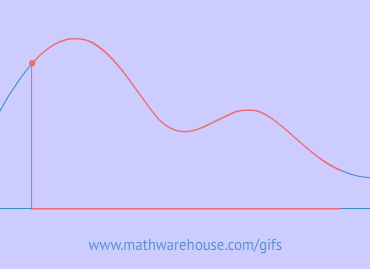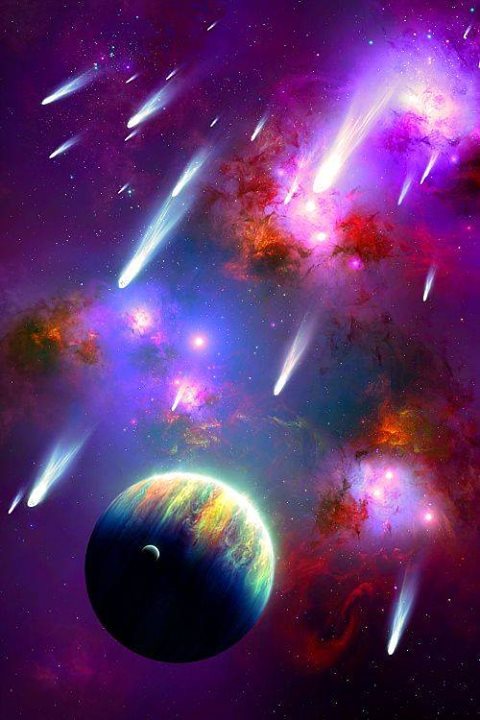La astronomía y la astrofísica. Lo mejor del espacio y el universo.
Don't wanna be here? Send us removal request.
Text
Hello Tumblr Community!
It's been a long time sice i been here in my tumblr blog. I became a game developer and along my brother we created Blackwing Games and this is our first game called Mind Keeper
Mind Keeper is a roguelite, deck builder and tower defense game where you have to construct your own stronghold, which is a representation of your mental integrity, and you must defend it from the relentless waves of inner demons determined to destroy you, like your anxiety, panic, phobias, etc.
Wishlist Mins Keeper on Steam

The art of the game is made completely by hand by our ilustrator and we think it ilustrate the main concept of the game where you draw your own destiny and defend your sanctuary against this bad thoughts that live in our mind and try to hurts us every day. 🎮 If you’re excited about Mind Keeper, please wishlist us on Steam! It helps us out a ton and keeps you updated on all the latest news. 🙌
2 notes
·
View notes
Text
Quatum Physics in action!
7 notes
·
View notes
Text

Carl Sagan
2 notes
·
View notes
Photo
A vey good artist, please follow him, he is awesome.


Witchy guy
17 notes
·
View notes
Photo

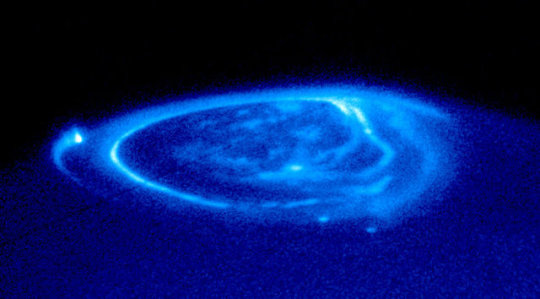


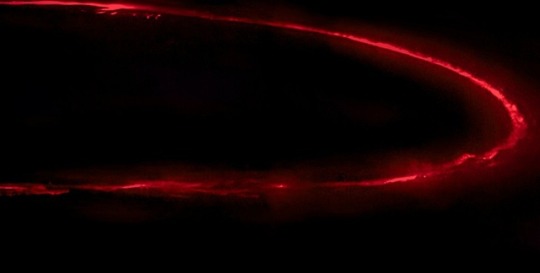


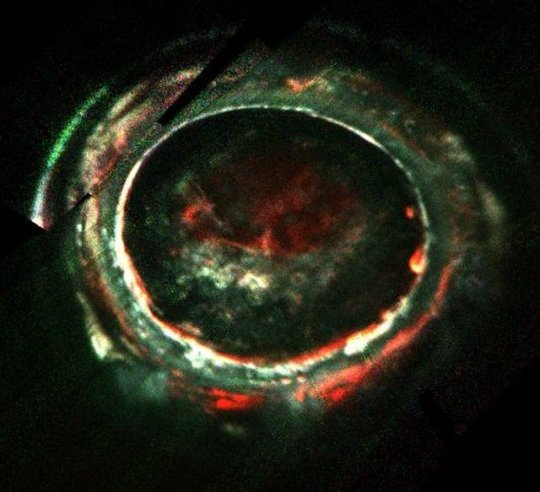


Just like on Earth, other planets in the solar system also have auroras. Jupiter’s auroras are the strongest in the solar system. These images were captured by the Juno, Galileo and Hubble probes.
Imagens: NASA, ESA, Juno, Galileo, Hubble
9K notes
·
View notes
Photo

From the Sun by NASA’s Marshall Space Flight Center on Flickr.
56 notes
·
View notes
Photo
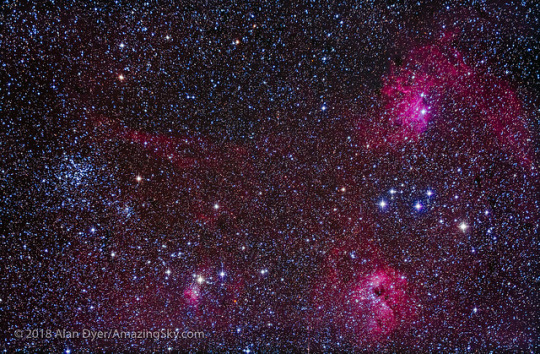
Nebulosity and Cluster Complex in Auriga by Amazing Sky Photography on Flickr.
43 notes
·
View notes
Photo






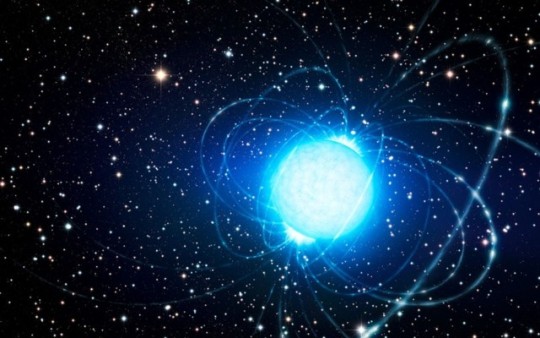

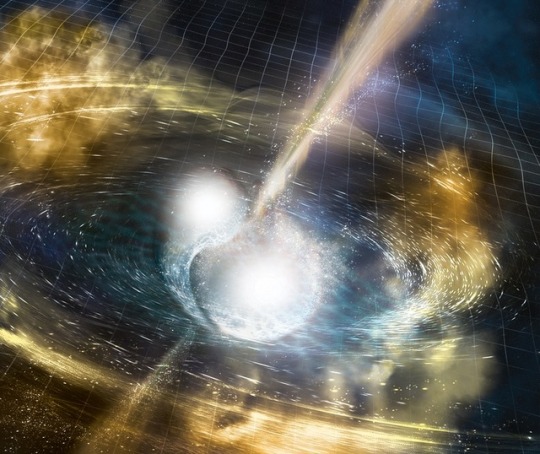
Ask Ethan: How Does Spinning Affect The Shape Of Pulsars?
“[S]ome pulsars have incredible spin rates. How much does this distort the object, and does it shed material this way or is gravity still able to bind all of the material to the object?”
If you spin too quickly, the matter on the outskirts of your surface will fly off. If you’re in hydrostatic equilibrium, your shape will simply distort until your equatorial bulge and your polar flattening result in the most stable, lowest-energy configuration. For our Earth, this means the best place to launch a rocket is near the equator, and our planet’s polar diameter is a little more than 20 km shorter than its equatorial diameter. But what about for the fastest-rotating natural object we know of: a neutron star. While most neutron stars rotate a few times a second, the fastest one makes 766 rotations in that span, meaning that a neutron on the surface moves at about 16% the speed of light. Much faster, and could it escape? Or, perhaps, is the pulsar’s shape highly distorted, either due to that rotation or to the incredibly strong magnetic fields inside? Neutron star matter is very different from anything we’re used to, so don’t bet on any of those.
Other than the first few fractions-of-a-second, changes to neutron stars are slow and mostly inconsequential. Come find out how bad it is on this edition of Ask Ethan!
340 notes
·
View notes
Photo

Who Wants this T-SHIRT?
Don’t forget read my latest article about Quantum World
Física cuántica para tontos
42 notes
·
View notes
Text
What’s Up for September 2017?
Set your sights beyond the solar system and take a late summertime road trip along the Milky Way!

On September 15 the Cassini spacecraft ends its glorious Saturnian science tour by plunging into the atmosphere of Saturn, becoming forever a part of the ringed planet. Learn more about the end of mission activities HERE.

This month Saturn is the only prominent evening planet low in the southwest sky.

Look for it near the constellation Sagittarius. Above and below Saturn–from a dark sky–you can’t miss the summer Milky Way spanning the sky from northeast to southwest.

Grab a pair of binoculars and scan the teapot-shaped Sagittarius, where stars and some brighter clumps appear as steam from the teapot. Those bright clumps are near the center of our galaxy, which is full of gas, dust and stars.

Directly overhead is the great Summer Triangle of stars. Vega, Altair and Deneb are in the pretty constellations Lyra, Aquila and Cygnus.

As you gaze toward the northeast you’ll see Cassiopeia, the familiar W-shaped constellation…and Perseus. Through your binoculars, look for the Perseus Double Cluster. Both of the clusters are visible with the naked eye, are 7500 light years away, and contain more than 300 blue-white super-giant stars!

Every star and every object you can see with your unaided eye is part of the Milky Way. With one exception: the great Andromeda galaxy, which is faintly visible through binoculars on the opposite side of the night sky from Saturn and the teapot.
You can find out about our missions studying the solar system and universe at: https://www.nasa.gov/topics/solarsystem/index.html
Watch the full What’s Up for September video:
youtube
Make sure to follow us on Tumblr for your regular dose of space: http://nasa.tumblr.com.
2K notes
·
View notes

